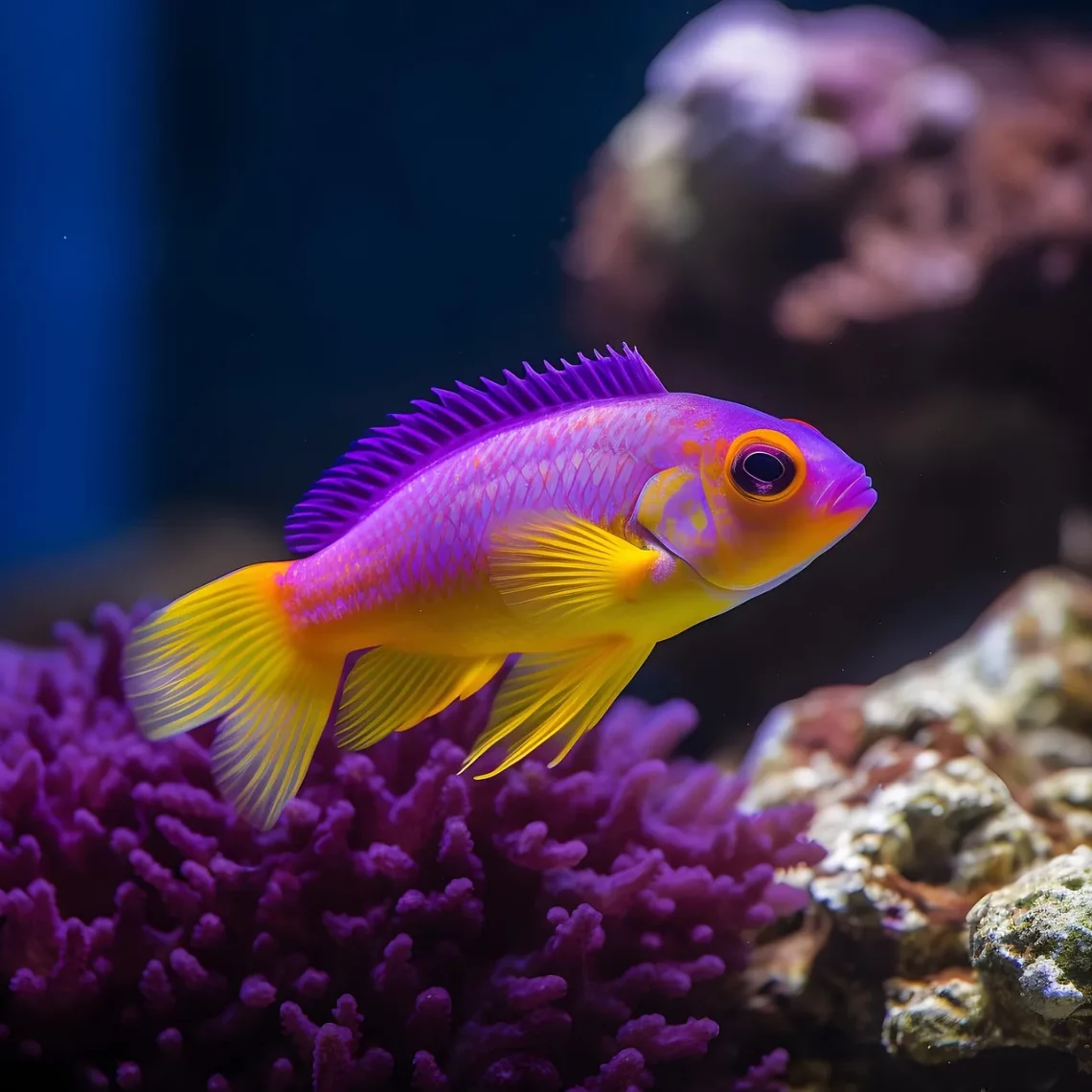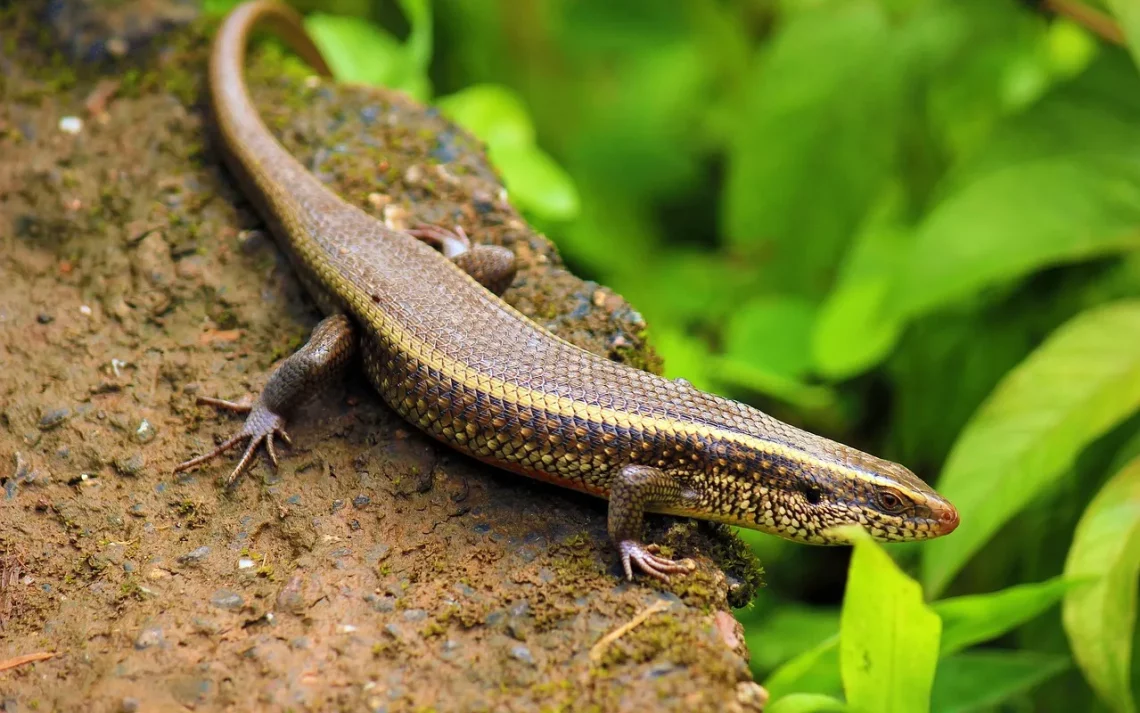-
Understanding the Lifespan of Redfoot Tortoises in Captivity and the Wild
The lifespan of redfoot tortoises is a captivating topic for both enthusiasts and potential pet owners alike. Known for their vibrant shells and gentle demeanor, these tortoises have become increasingly popular as exotic pets. Understanding their lifespan is crucial for anyone considering adopting one, as it not only influences care practices but also highlights the commitment involved in tortoise ownership. In the wild, redfoot tortoises inhabit tropical forests and grasslands, where their natural behaviors and interactions with the environment shape their longevity. Captive environments, however, can vary greatly, impacting the health and lifespan of these creatures. Factors such as diet, habitat, social interactions, and veterinary care play significant roles in…
-
Understanding Clownfish Life Expectancy in the Wild and Captivity
Understanding the intricate life of clownfish reveals a fascinating blend of biology, ecology, and environmental interaction. These vibrant marine creatures, recognized for their striking orange and white coloration, inhabit the warm, shallow waters of the Pacific and Indian Oceans. Clownfish, particularly famous for their symbiotic relationship with sea anemones, have captured the attention of marine enthusiasts and scientists alike. Their unique behaviors, social structures, and adaptability contribute to their appeal, raising questions about their life expectancy both in the wild and in captivity. Life expectancy in the wild can vary significantly due to numerous factors, including environmental conditions, predation, and food availability. In contrast, clownfish raised in controlled environments such…
-
Understanding the Lifespan of Blue Tongue Skinks in Captivity
Blue Tongue Skinks are fascinating reptiles that have gained popularity among pet enthusiasts due to their unique appearance and docile nature. Native to Australia and New Guinea, these lizards are known for their distinctive blue tongues, which they display as a defense mechanism against predators. While they are relatively easy to care for, understanding their lifespan in captivity is crucial for potential owners and current caregivers alike. In the wild, the lifespan of Blue Tongue Skinks can be influenced by several factors, including predation, habitat conditions, and food availability. However, when kept in captivity, these reptiles can thrive and often live much longer than their wild counterparts. Proper care, including…
-
Understanding the Lifespan of a Blue Tongue Skink in Captivity
Understanding the Lifespan of a Blue Tongue Skink in Captivity Blue tongue skinks, with their striking appearance and gentle demeanor, have become increasingly popular among reptile enthusiasts. These lizards, characterized by their distinctive blue tongues, are native to Australia and New Guinea, thriving in a range of environments from forests to grasslands. As fascinating creatures, they possess unique adaptations that allow them to survive in the wild, but many enthusiasts are keen to understand how these traits translate to a life in captivity. In captivity, the lifespan of a blue tongue skink can vary significantly based on several factors, including diet, habitat, and overall care. While these lizards can live…















